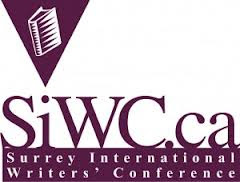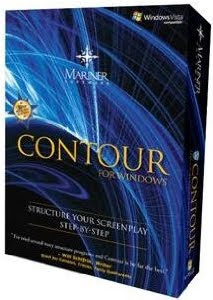Book reviews help sell books, but many book review blogs won't review independently published work.
For the past few months I've been thinking about putting together a directory of book review sites that accept indie/self-published books but I haven't been able to find many.
Well! Yesterday I found two database sites that only list blogs that will accept independently published work. These include sites that mainly review traditionally published novels but will evaluate self-published work on a case by case basis. Also, these database sites have a strict policy: no site they list charges for a review.
Book Review Databases That Accept Independently Published Work
The Indie Book Blog Database
Site owner Jennifer Hampton writes:As an indie/self-published author, getting a book review can be very difficult. With ebook publishing on the rise, many companies are taking struggling independently published authors for granted to cash in on this. You should never pay for book reviews! A false book review can tarnish your reputation. Having your amazon self published title flooded with reviews that aren’t honest and un-biased can ultimately ruin your writing career. I know how hard it is; I’m a self-published Author myself. Without reviews you can barely get noticed as an author. This is why I’ve developed the Indie Book Blog Database.
At the Indie Book Blog Database you can find hundreds of well-established book blogs that will read and review your books for free! That’s right for free! You may not get your books reviewed over night, many of the reviewers here get flooded with review requests. One thing you have to remember: This is a free service and many reviewers do this for a hobby. (The Indie Book Blog Database, About)
The Indie View
The Indie View "ranks within the Top Ten of Book Review sites on Google, globally". Nice!To be on this list the Indie Reviewer has to be:Read more here: The Indie Reviewers List.
- Actively posting reviews
- Review eBooks
- Not charge for their reviews
- Not be affiliated to a publisher
- Have submission guidelines in place for an Indie author to submit an eBook
- Putting a link back to TheIndieView on their site
Book Review Database That May Or May Not Take Indie Published Books
Fyrefly's Book Blog
This is a massive database containing all book blogs. There is no master list of blogs since it contains more than 1,800 book review sites, so you have to use the search function. This is from the "Book Blogs Search" page:If you’re looking for book reviewers to whom you can pitch your latest book, using the search engine as a search is a more efficient way to go about it than clicking alphabetically down the big list. Just search for a few titles that you consider similar to your book, see which bloggers are coming up in the search results as having reviewed (and liked) them, et voila! A customized, targeted list of bloggers that are predisposed to enjoy your book!Best of luck!
Other links you might like:
- What to do if your book isn't selling: Tips from Johanna Penn
- Amazon Ranks Authors In Terms Of Their Book Sales
- How To Design A Great Looking Book Cover
Photo credit: Trees for Cyprus - Friend us













